|
Moderated By Katrina Moore There’s been a lot of distress in the writing community surrounding agent/author relationships following recent situations that have surfaced. So I wanted to feature a post that provides hope, knowledge, and light. In this “panel” post, I’ve asked four stellar agents four questions. Their thoughtful answers will give you insight into their agenting style, and inspire you to not give up hope on your journey to finding the right agent, even when the light seems dim. Joining our panel are the brilliant, and incredibly inspiring agents: Holly McGhee, Natascha Morris, Ammi-Joan Paquette, and Jennifer March Soloway!
Holly: If there’s one thing I can tell you unequivocally, it’s that there is no typical submission process! Just like life, the journey of a submission is full of surprises, both good and not so good. These days I only accept exclusive queries, and I take my time considering them, usually four weeks. I like to know how an author sees themselves, where they want to go, why they have to write, whether or not they’re capable of putting their best energy into their stories, maybe time and time again. I’d say the best surprise in the query process is when a story comes into my query inbox in perfect condition, and I read it really fast and can call the author up the same day and offer representation immediately. That’s a real joy and hardly ever happens . . . more often I’m excited because I’m moved, or I hear something in the voice, or I just cannot put the manuscript down (even if it’s a big old mess)! From there, once the story is ready, if it’s a debut, I like to do a select multiple submission to editors I know and trust, or sometimes to new editors I’ve met who show the promise of the future. We often know in a week or two if there is interest, but sometimes it can be longer. Once we know there is an offer coming, we’ll let the other editors know that, and ideally have the author speak with or meet everybody who’s interested in publishing the work. Financials are next and ultimately, we weigh the financials and passion for the project together in order to make a decision. Sometimes a publisher will offer pre-emptively, and those cases are hard. It’s tempting to take a pre-empt, but at the same time you’re ruling out all the other possibilities, so you have to feel really sure. Never take a pre-empt because you’re scared no one else will offer. That said, I have seen major deviations from this scenario. One time, an editor was in my office and I showed her half of a picture-book dummy from a client. I’d been trying unsuccessfully to get him to finish it for over a year, so that I could submit it broadly. The editor made a pre-empt right there in my office and we accepted it, not only because the financials were strong, but also because then he would be forced to finish due to a contractual deadline! Natascha: Once a project is ready to go out, I usually research editors. I always ask my clients who their dream editor or imprints would be because this is an exciting part. Once I have the list and pitch together, I send it out, and then keep track on a spreadsheet. Clients usually get the spreadsheet as soon as it goes out. I honestly can’t think of a project that wasn’t handled in this way. Joan: Every project is a little bit different, but typically I submit client projects to editors in batches. This gives us a chance to review the responses we receive and, if the project doesn’t sell immediately, there may be some valuable information in those passes which can help to guide a revision before continuing the submission process. That said, every single project unfolds a little bit differently—it’s an art, not a science! Jennifer: First, I work editorially with my client to revise and polish the project for submission, so we can put our very best foot forward. (Note: This step usually takes more time and drafts than either my client or I first expected.) In the meantime, I compile a list of editors whom I think will enjoy the project, and I write a cover letter and pitch for the project (Note: I write multiple drafts and get feedback from colleagues to get it right before I submit to editors.) Then we submit to editors. My hope is always to receive multiple offers, but that’s not always the case. Agents receive many rejections, too! Every time I get a rejection, I see it as an opportunity to learn more about the market and what works or doesn’t. If I am lucky enough to get feedback, I then have the opportunity to strategize next steps with my client. For example, I might need to rethink my submission list. Or maybe the project would benefit from a round of revision. Or maybe the project needs some key changes to better position it for the market. And in some cases, maybe we need to wait and try selling a different project first. After we regroup and strategize next steps, I try again. In some cases, I’ve sold projects right away, and for other projects, it took me several attempts to find the right editor. At this point in my career, I have yet to deviate from that process. So far, it’s worked well for me.
Holly: I took on a debut YA author a few years ago, which I hardly ever do. Her book was around the theme of suicide, but unlike anything I’d read about suicide. When I read it, even though it needed a ton of work, I knew that the world needed this book badly. Not only that, but it was one of the most beautiful teenage love stories I have ever read. I know that this book will prevent many, many suicides at every age, and I can’t wait to submit it to publishers in the next few weeks. Natascha: Picture books are where this most often happens. I recently signed an author for a quirky picture book that I could never had dreamed I would want. Sometimes we know exactly what we are looking for and sometimes we get hit with projects that are weirdly perfect. Joan: That is just about always the case! When it comes to books and manuscripts, it’s not what you do, it’s how you do it.—You can have the coolest, most original concept in the world, but if you haven’t also crafted a fresh, layered, smartly written and well-rounded story, it won’t be enough. Submissions are also very subjective! What makes one agent or editor wild may leave another unmoved—so do your research, keep polishing, and keep submitting. Jennifer: My favorite picture books tend to be funny books with bright, light-hearted illustrations that also add humor to the story, and I am not usually drawn to sweet picture books. But when I received a picture book dummy about grief, I fell in love with the project. The story followed how a young girl processed the death of a loved one in a way I had never seen before, and the illustrations, painterly and whimsical, also conveyed emotion. I wept as I read the story and immediately contacted the author/illustrator to offer representation. However, as much as I love that project, I would say I still love and prefer funny picture books. If your story can make me laugh out loud after multiple reads out loud (if I like a project, I read it multiple times aloud before contacting the author), I will offer representation.
Holly: I can’t answer this question exactly, but I can tell you about an artist I offered representation to over a decade ago, who didn’t choose me. He seemed like somebody who shared the Pippin sensibility, and who wanted to take risks and do the work necessary, but he went with a Hollywood agency, who doesn’t specialize in books, because they painted a bright future for him in animation and film and took him around town in limousines . . . he forgot for a bit that books were his first love. Then a year or two ago, he wrote to me and said he wanted to see me. I still loved his work and was curious about what he wanted to talk about. He told me he wanted to sign up with Pippin, if we would have him, that he had made some changes in his life and was ready to dig in to the most important project of his life, one that would take many years to finish, and he wanted our company along the way, since we have strong editorial instincts and he needed support with this daring new work. I took one look at the project and I knew that I had to welcome him back . . . we sold it at auction several months later, and he’s about one-third done with it at this time. I also have a hunch that it is going to make an extraordinary Hollywood film, but the book comes first. So, I guess the lesson is to always keep an open mind, and always be willing to take another look if the person comes back for the right reasons. Natascha: I find that there are a lot of similar themes in picture books so sometimes we get familiar feeling projects. I am looking for the fresh take on that. One of my current clients initially sent me a new to school book that just felt like a million takes on the subject, so I naturally passed. The next manuscript she sent showed a much stronger writer and a much fresher story so I moved forward. Bad books happen to good writers, so never give up. Joan: Typically, if an agent wants to see more work from you, they will say so. I do this fairly often, when an author’s voice or writing style feels promising, but I don’t connect with the particular work I am reading. I have signed more than one client in this way; and have been signed that way myself: My agent, Erin Murphy, passed on my own work the first time she read it. The next time we connected, she signed me as a client. And the following year, I also began working with her as an agent ☺ Jennifer: When I say, “no means not yet,” I mean it sincerely. I believe in the power of revision! Two years ago, I met a MG writer at a conference and gave her a critique of her opening pages. I loved her pitch and the sample I read, but she didn’t have a complete manuscript. We stayed in touch, and a year later, she queried me. The story was terrific, but the draft still needed work. I sent her notes and asked her to please consider revising the draft to send to me again. When she did, her story was amazing. I laughed and cried as I read the draft, and I immediately offered representation, as did several more agents. Fortunately, she said yes to me. So, yes, if I offer a revise and resubmit, that means I see potential in the project but feel the draft needs more work. That step is a test for both the author and me: I want to see if the author can revise, and if my feedback inspires the author to produce a better draft. And the author will get a sense of my editorial style and if I would be a good fit for them. Win, win, right? Unfortunately, a lot of writers will rush a revision and send it back to me right away. When they do, it is such a huge disappointment. I was really hoping they’d take their time and send me something I could represent. Please don’t whip out a quickie edit and squander the opportunity. I used to tell writers I didn’t want to hear from them for at least a month, but I’ve realized even a month is not enough time to do a deep, comprehensive edit—especially if an author is a newer, less experienced writer. Take your time. Don’t worry if it feels like you’re taking forever. I want your next draft to be amazing, and I will wait for you!
Holly: Yes. The desire to give the world your best work, along with: Talent, Integrity, Trust, and a really good sense of humor. Natascha: I would say all of my clients have a willingness to work (most authors do), but we really approach this as a team endeavor. One person’s success paves the way for the rest. Having that mindset, and approaching writing in that way, shows that you understand that while this may be your book and you chance, the impression you make reflects on the team. Joan: I wouldn’t say there’s any one commonality, but I do think that the strongest authors who really end up going the distance are the ones who have a real serious commitment to craft. They are always growing, learning, practicing, writing something new, polishing something old. They are constantly growing and evolving as an artist. They are immersed in the world of publishing, they make connections, they are professional and approachable and smart about what they do. If you see this as a career, as a genuine profession, it matters—and it shows! Jennifer: I’m looking for the following qualities:
If I sound like a good fit, please consider querying me. I am actively seeking clients. Wow! That was incredibly insightful and inspiring. Thank you, Holly, Natascha, Joan, and Jennifer, for championing creators and stories that are truly making this world a better, safer, happier place . . . one client and one book at a time!✨ -Katrina  Holly M. McGhee is the founder and President of Pippin Properties, Inc., a boutique literary agency located in the heart of New York City (pippinproperties.com). She is also the author of New York Times bestselling, E. B. White Readaloud Finalist Come with Me, Illustrated by Pascal Lemaitre, as well as the middle-grade novel Matylda, Bright & Tender, a Bank Street and Amazon Best Book of 2017. Her next collaboration with Pascal, titled Listen, will be published in the fall of 2019. You can find out more about her writing at hollymcghee.com, or follow her on twitter or insta @hollymmcghee Holly accepts exclusive queries at: [email protected]. She requires four weeks to consider the work–if you don’t hear from her after that time, it means that regretfully, she is passing on the opportunity to represent you. You can also query the other stellar agents at Pippin Properties, Inc., but no more than one at a time. Guidelines can be found here: https://pippinproperties.com/submissions Follow Pippin on twitter @lovethepippins and on insta @pippinproperties 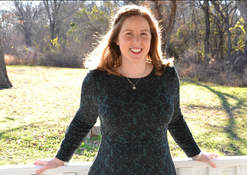 Natascha spent most of her childhood in a leather chair with her nose in a book. Formerly an editorial assistant at Simon & Schuster, her passion for books across genres and her desire to finding amazing talent drove her to make the transition from editorial to literary agent. Her editorial philosophy stems from the idea that all books should be well written and entertaining. Some of her favorite authors include Molly Idle, Sherwood Smith, Ann Rinaldi, Sabaa Tahir, and Meg Cabot. Check out her Pinterest for a quick look at her favorite books. https://www.pinterest.com/nataschamorris/ Natascha is primarily looking for picture book, middle grade and young adult manuscripts across most genres, including contemporary, mysteries, thrillers, fantasy, historical fiction, and narrative non-fiction. She is also looking for artists that speak to her creatively. 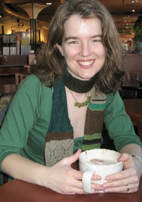 Ammi-Joan Paquette is a senior literary agent with Erin Murphy Literary Agency representing many leading children’s and YA authors. She is also the author of many books for young readers, including the magical adventure The Train of Lost Things, the bestselling picture book Ghost in the House, and the Two Truths and a Lie series, co-written with Laurie Ann Thompson. Please note that EMLA is only open to submissions via referral or from attendees of conferences or events at which she is a speaker. Check www.emliterary.com for a list of upcoming appearances!  JENNIFER MARCH SOLOWAY is an associate agent with the Andrea Brown Literary Agency. She represents authors and illustrators of picture book, middle grade, and young adult stories. She enjoys all genres and categories, such as laugh-out-loud picture books and middle-grade adventures, but her sweet spot is young adult. A suspense junkie, she adores action-packed thrillers and mysteries. Throw in a dash of romance, and she’s hooked! But as much as she loves a good thriller, she finds her favorite novels are literary stories about ordinary teens focused on family, relationships, sexuality, mental illness, or addiction. Regardless of genre, she is actively seeking fresh new voices and perspectives underrepresented in literature. Jennifer is actively building her client list and welcomes queries to [email protected]. To learn more about Jennifer, follow her on Twitter, @marchsoloway, and find her full wish list at www.andreabrownlit.com.
8 Comments
 By Katrina Moore Picture books, by their nature, are books in which the pictures tell as much (sometimes more, sometimes all) of the story as the words. When done well, this is why picture books are so magical. In 40 or less pages (mostly) and 500 or less words (usually) we are made to laugh, or cry, or wonder, and in the very best of cases . . . all of the above. So how do you craft such a magical marriage between words and illustrations? And how is this done if you are only the author? Let’s share some stellar examples:
Sometimes, the words are purposefully open to interpretation, like in SOMEDAY by Alison McGhee and Peter H. Reynolds: 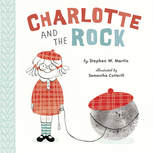 This can also lead to illustrations that amplify the drama and escalate the tension (and humor), like in CHARLOTTE AND THE ROCK by Stephen Martin Illustrated by Samantha Cotterill: Sometimes, the words are charged with emotion, leading to illustrations that are giggle-worthy, 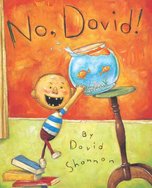 Sometimes, the words are super silly, and the illustrations create the perfect compliment,
Sometimes, the words are intended to be ironic (and if you are the author-only, this is an instance where you will want to include an art note), as in Cate Berry and Charles Santoso’s PENGUIN AND TINY SHRIMP DON’T DO BEDTIME, where the words say, In the above picture book examples, the words and art flow together fluidly, sometimes complimenting each other, sometimes elevating each other, sometimes opposing each other, and sometimes balancing each other so beautifully that the matches are seemingly made . . . in picture book heaven. So as you craft your picture books, think: How can I leave room for the illustrator? What purposeful word choices can I use to make a big splash? Happy Writing!✨ -Katrina 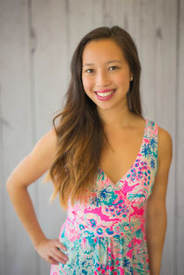 Katrina Moore writes and teaches in New Jersey. Earning her M.A. in elementary education, she has been a teacher for almost a decade in Maryland, Massachusetts, and New York. Her mission is to create books that children will hug for ages. Her debut picture book, ONE HUG, illustrated by the talented Julia Woolf, is a lyrical celebration of the different ways that hugs bring people together, forthcoming from HarperCollins/Katherine Tegen Books in 2019. Her second picture book, GRANDPA GRUMPS, illustrated by the amazing Xindi Yan, is a humorous and heartfelt story about a little girl, Daisy, and how she connects with her Chinese grandfather across cultures and generations, forthcoming from Little Bee Books in 2020. When she is not writing or teaching kids in elementary school, she is cooking without a recipe, painting outside the lines, or snuggling up with her two kids, husband, pomapoo pup, and of course, a cozy book. Connect with her on twitter @kmoorebooks or at www.katrinamoorebooks.com. 
By Katrina Moore
A writer’s journey is full of waves. Some knock you down. Some push. Some pull. Others wash over you with warmth and glimmer with hope. And on this journey, landing the right literary agent can provide both a powerful wind to to push you in the right direction and an anchor to keep you grounded. So how do you get there? Shall we set sail?
Moana GIF from Moana GIFs
There is a sea of excellent and in-depth resources to surf through online. So instead of restating what’s already out there, I’ve fished through and organized links with boat loads of information.
But first . . . Are you really ready? Do you have at least three to four “ready manuscripts?” Ready as in, ready for agents’ eyes and ready for editors’ eyes? Why is this important? Honestly, your first manuscript might not sell. Your second manuscript might not sell, either. Your agent has to know they can get behind your body of work. And the wider range you can show them early on will ensure that they will be able to be a champion for your career, and not just this one book. If you’re not sure if you’re ready or not, check out these articles: http://www.kidlit411.com/2014/01/kidlit411-submission-how-to.html https://www.thebalance.com/how-to-get-a-literary-agent-six-steps-to-getting-an-agent-2799875 Yippee! You’re still aboard! Let’s journey on . . . How do you research agents? Research is so important. You want an agent who can be your champion. Who will sail with you through the ups and downs, keep you afloat when you feel you’re sinking, who is so passionate about your work that they’ll practically jump off the boat running to shore to share your work with editors. And yet, finding the right agent is such a personal thing. Not only should they check the list of qualities you’re looking for in an agent, but there are also so many intangibles that you can’t know until you at least talk to the agent on the phone. Just like with dating, sometimes a person can check all the boxes and yet, they end up being all wrong for you! (More on how to gauge this in “What Should You Ask Before Accepting Representation?” below) Here’s advice that Senior Agent Jen Rofė recently tweeted on researching agents: So back to that list. . . Have you made a list of the qualities you’re looking for in an agent? Doing this will help to narrow your search down. Once you make your list, here are a few different ways you can go about researching agents:
This article provides a wealth of information including whether you might need an agent or not, how to research agents, how to tell if an agent is “real”, how to write a synopsis, etc: http://www.sfwa.org/real/ And here are some more great links to check out: https://blog.nathanbransford.com/2017/06/how-to-research-literary-agent https://subitclub.com/2018/02/06/finding-and-researching-agents-step-by-step/ http://www.underdown.org/cig_3e_ch17.htm http://www.underdown.org/mf-agent-or-not.htm Ready to take the plunge and Query? What to put in your query letter: http://jetreidliterary.blogspot.com/2004/07/query-letter-checklist.html I would add that you should tell the agent why you are querying them (succinctly) in your query. If an agent knows that you specifically took time to think of them because of xyz, they may be more excited to consider your submission. And when rejections start rolling in, because most likely, some (or a lot, a lot, a lot) will, don’t get salty (I know, nearly impossible). But, it really is about being a good fit for each other, otherwise the agent won’t be able to best serve you. So if they’re not passionate about your work, they really shouldn’t be your agent. Here’s what agent Molly O’Neill recently tweeted regarding agents not "saying yes":
QUERY LETTERS THAT WORKED! There are real examples of query letters that landed agents and book deals here, plus an analysis of why they’re so great:
https://subitclub.com/category/query-letters-that-worked-2/ What should you ask an agent before accepting representation? http://kidlit.com/2012/02/15/10-questions-to-ask-when-offered-representation/ How do you know if it’s the right agent for you? https://blog.nathanbransford.com/2014/04/8-ways-to-know-if-you-have-good-literary-agent https://subitclub.com/2016/12/06/finding-a-g-r-e-a-t-agent-match-with-hannah-holt/ http://petejknapp.com/post/128679459588/hi-pete-can-you-recommend-some-questions-to-ask "Is It Normal?" A great twitter thread by Amy Tintera on what to expect from an agent: https://twitter.com/amytintera/status/1022496088400584704?s=21 Best Practices from Agents and What an Agent is Supposed to do Podcast from senior agents Jennifer Laughran and Kelly Sonnack: http://www.jenniferlaughran.com/literaticast/23-schmagents-get-a-schmackdown-with-guest-agent-kelly-sonnack And finally . . . How do you prepare for this long and arduous journey? The 3 Ps! I originally shared the below advice on my “How I Got My Agent” post on Julie Hedlund's Blog: Patience – It’s about the journey. It’s a long, long (rollercoaster of emotions) journey. But have patience and faith that you will find that great match. It’s worth waiting (and researching). Perseverance – There’s so much you cannot control in this process. I kept my mind off the waiting by focusing on the only thing I could control: my writing. I continued to hone my craft so that every time my work was viewed, it was my best. Positive Thinking – Eye on the prize! (The prize being that you continue to grow into a better and better writer. There are so many different paths to take. What is perfect for someone else will not be perfect for you. But you will get where you want. Keep going! And if you’re worried that you’ll fall off the boat, that you’ll be unable to find your way to land . . .
Bon voyage!✨ -Katrina **P.S. If you have links, questions, or advice to add, please do so in the comments!** 
Katrina Moore writes and teaches in New Jersey, outside Philadelphia. Earning her M.A. in elementary education, she has been a teacher for almost a decade in Maryland, Massachusetts, and New York. Her mission is to create books that children will hug for ages. Her debut picture book, ONE HUG, illustrated by the talented Julia Woolf, is a lyrical celebration of the different ways that hugs bring people together, forthcoming from HarperCollins/Katherine Tegen Books in 2019. The book follows an Asian-American boy as he and his family prepare to welcome their immigrant relatives. When she is not teaching elementary kids or writing, she is cooking without a recipe, painting outside the lines, or snuggling up with her two kids, husband, pomapoo pup, and of course, a cozy book. Connect with her on twitter @kmoorebooks or at www.katrinamoorebooks.com.
By Katrina Moore Before I’m ready to send a manuscript to my agent, and even to critique partners, I go through rounds of self-revision. Over time, I’ve found myself asking the same questions over and over again (and asking the same questions to my critique partners when giving them feedback on their work), so I’ve compiled the questions into a revision checklist for myself. And now... I’m sharing it with you! Because I keep learning. And growing. And nothing helps me to learn more or grow faster than sharing what I’ve learned along the way. In this post, you’ll find essential questions to ask yourself as you revise your manuscript to make it the best that it can be. I’ve also included an example for each checkpoint using recently released (within the past 3 years), stellar picture books. Without further ado...here's the checklist: PICTURE BOOK REVISION CHECKLIST: 1) WHAT’S YOUR BOOK REALLY ABOUT? Write out the pitch. -What’s at the heart of this story? -What do I want this story to do? (Use this as a guide for revision)
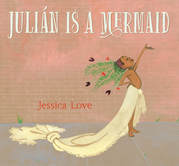 2) IS YOUR CHARACTER FULLY DEVELOPED? -Is this someone a kid can relate to? -Is there depth? -Why are we rooting for the main character? Interview your character and ask all sorts of questions. This is to inform YOU even though most of it won’t make it into the text. The better you know your character the better you’ll write your character, the more your character will feel real and we’ll care about your character. Example: Check out the first spread of JULIÁN IS A MERMAID by Jessica Love. In very few words, we know so much about Julián and we care about him. We’re immediately connected to his relationship with his abuela. Think about how much is not written in this text, but was necessary for the author to know in order to create such a powerful opening and introduction to the characters. 3) IS YOUR STORY TIGHT? Go through the story sentence by sentence, word by word. -Is this word/sentence serving the story? -Is it driving the plot? -Is it adding to character development? If the answer is no—cut! Example: Kelly DiPucchio and Greg Pizzoli’s DRAGON WAS TERRIBLE opens with: 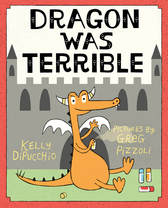 “Dragon was terrible. Naturally, dragons have a bit of terrible in them because they’re dragons after all. But THIS dragon here? Super terrible.” 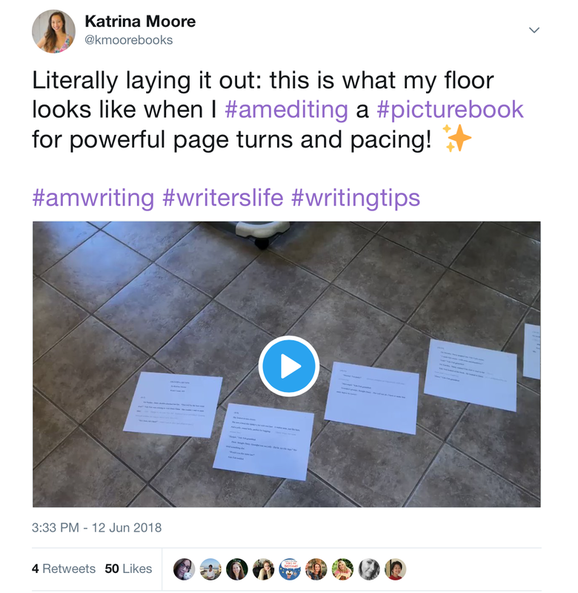 The first sentence here introduces us to the character and sets up the plot. Every word following this first sentence carries weight in establishing the narrative voice of the book, and also drives the plot by creating more tension. It engages what we already “know”—dragons are terrible. But this character is going to be even more terrible than those dragons we already know? Oh boy. As a reader, I’m eager to find out how bad this character is and what shenanigans he causes. How can he be that terrible?! See how she hooks us in with exactly the right words? 4) IS THIS PACED FOR A PICTURE BOOK? Paginate it (12 or 15 spreads). -Where do you envision the page turns? -Does it end at a surprising moment? -Are we holding our breath? -Is there tension and build up? Here’s what it looks like when I lay out a picture book: Example: Check out this spread from Ame Dyckman and Scott Magoon’s MISUNDERSTOOD SHARK: 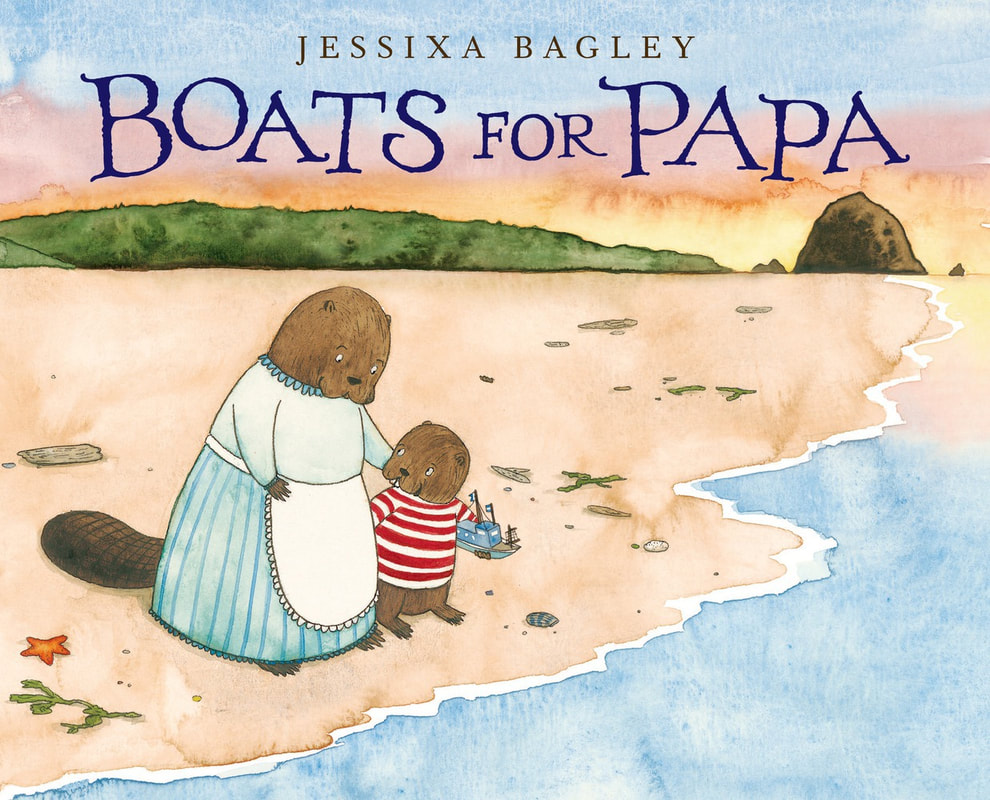 What is Shark’s excuse? I’m curious to find out. I am holding my breath. And I’m wondering, Will I believe him? I have to turn the page to find out. Since there is a literal pause that takes place when a picture book is being read aloud and the page turns, it’s beneficial to maximize the effect of those page turns. 5) DOES THE STORY FEEL RESOLVED? -Was it logical but surprising? -Are we satisfied? Example: In BOATS WITH PAPA by Jessixa Bagley, Buckley carves beautiful boats and sends them out to sea in hopes that they reach his papa, who he misses very much. I won’t give away the ending, because it’s so beautiful and you have to check it out for yourself. It feels inevitable—you know it’s coming, and yet, there's still a twist that's so heartwarming it brings me to tears everytime I read it (which at this point, is close to 100 times, if not more). 6) IS IT MARKETABLE? -What are the recent comparable titles? -How is yours fresh from these? -Why would a kid love this book? -What are the universal truths/emotions/themes that readers will connect with? (these should be in and match the pitch) Example: Check out BACK TO SCHOOL WITH BIGFOOT by Samantha Berger and Martha Brockenbrough, Illustrated by Dave Pressler. 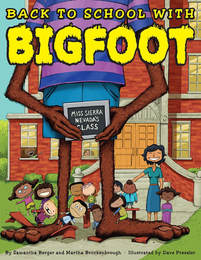 It takes a familiar theme, starting school jitters, and makes it fresh (and funny) by making it about Bigfoot, which is a high interest, intriguing subject for kids (and adults). How does Bigfoot feel about starting school? What would he worry about? There’s tons of kid appeal here! (*More on the marketability of your picture book in this post.) Now it’s your turn! Does your picture book check the list? Happy writing and revising! ✨ -Katrina 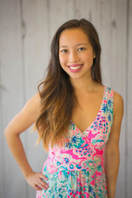 Katrina Moore writes and teaches in New Jersey, outside Philadelphia. Earning her M.A. in elementary education, she has been a teacher for almost a decade in Maryland, Massachusetts, and New York. Her mission is to create books that children will hug for ages. Her debut picture book, ONE HUG, illustrated by the talented Julia Woolf, is a lyrical celebration of the different ways that hugs bring people together, forthcoming from HarperCollins/Katherine Tegen Books in 2019. The book follows an Asian-American boy as he and his family prepare to welcome their immigrant relatives.When she is not teaching elementary kids or writing, she is cooking without a recipe, painting outside the lines, or snuggling up with her two kids, husband, pomapoo pup, and of course, a cozy book. Connect with her on twitter @kmoorebooks or at www.katrinamoorebooks.com. 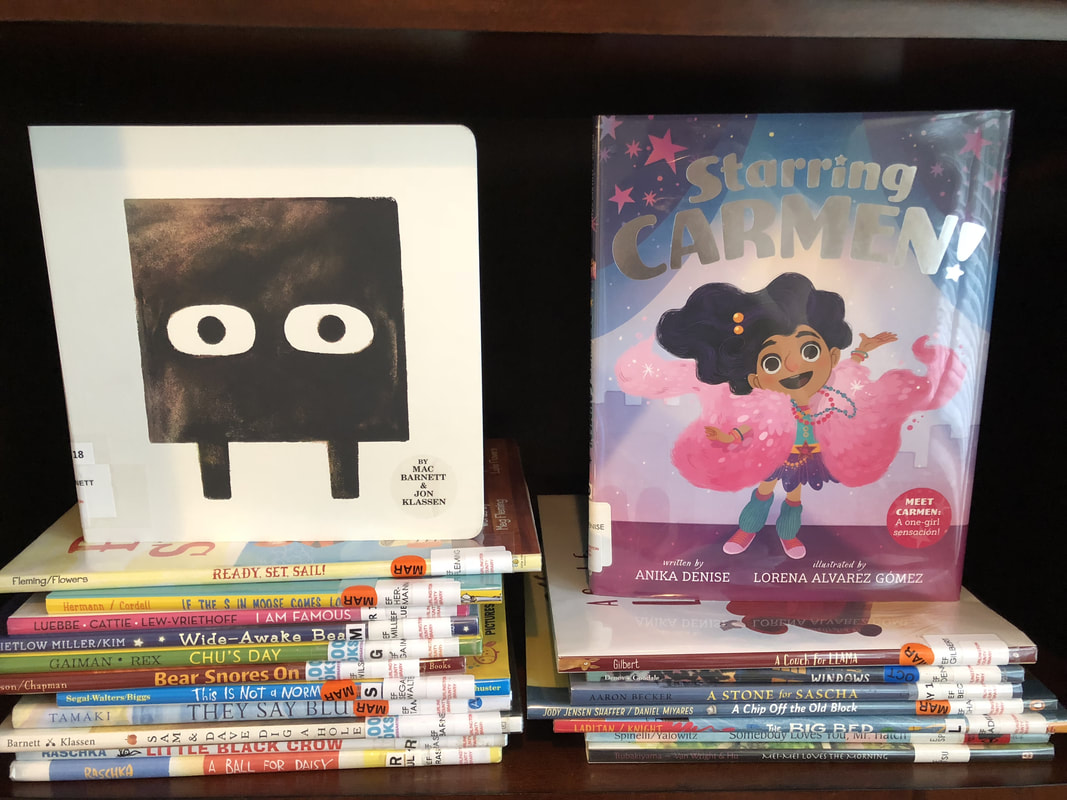 This is what my weekly library haul looks like. Between being a writer, a elementary teacher, a mother to 2 young kids, and a lover of picture books, I read an average of 20-30 picture books a day. Many of them MORE than once. That’s more than 9,000 picture books a year! This is what my weekly library haul looks like. Between being a writer, a elementary teacher, a mother to 2 young kids, and a lover of picture books, I read an average of 20-30 picture books a day. Many of them MORE than once. That’s more than 9,000 picture books a year! By Katrina Moore If you want to write picture books, you have to read picture books. Hundreds. Thousands. Hundreds of thousands of picture books. As debut author Cate Berry eloquently says on the Cynsations Blog: “Picture books are like learning a new language. There is a rhythm, a vibe, and implicit rules are attached to the form. Taking a class or reading a craft book is great, but reading a heap of picture books is even better.” But if you’re a writer, it’s not enough to read picture books. You must study picture books. What’s working? What’s Fresh? Why do you love it? Here’s how I studied two recently released picture books in 3 parts: 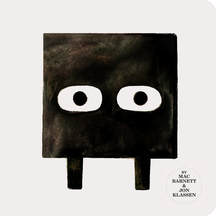 PART I: Summarize First, I read the book as a reader. If I really enjoyed the book, then I jot down some summary* points: Premise: (Who/what’s this about and what’s their goal?) Square is trying to make something for Circle that’s as perfect as Circle is. Inciting Incident: (What happens to set the story in motion?) Circle sees the “sculpture” that Square “made” and insists he makes one for her. Resolution: You’ll have to check it out yourself !:-) *Acclaimed author Arree Chung has a great method for studying picture books (& more) that he shares in his Storyteller Academy Class. Part II: Analyze Then, I think about how this picture book works as a marketable product for the intended audience. *Remember, picture books are unique in that you have 2 audiences in mind (the child and also the adult reading to the child): What’s working? The story structure is familiar, but it’s suspenseful from the inciting incident. As a reader, I’m wondering, how will Square solve this? He’s unprepared for it! Oh, the pressure!! I can feel the tension. There’s logic. Everything make sense for this abstract world. I’m not spending my time questioning or second guessing anything that distracts me from the narrative. It’s deceptively simple! There’s a lot of room for the reader to fill in the blanks. What’s fresh? What I love about this book, and really all books by Mac Barnett and Jon Klassen, individually and together, is that they both respect the child reader and her/his intelligence. SQUARE allows big conversations and a lot of thinking to happen. The takeaway is so subtle and it’s open to interpretation. Why did I love it? This book is so funny! There’s sparse text and very specific word choice, such as “Oh crumbs!” and “Oh dirt!” The art is genius. Jon Klassen is able to convey so much emotion from these characters using only their eyes. I was emotionally invested in Square’s “journey.” His problem was relatable, and the way the page turns built up tension was extremely satisfying. On spread 26-27, Square says, “I Must stay up all night and figure this out!” And when I turned the page, I burst out in laughter. All that built up tension was comically deflated in a very enjoyable way. Part III: Storyboard Finally, because I am fascinated with the picture book design and story structures, I like to flip back through the pages (starting from when the story begins) and break down how many spreads are dedicated to each part of the story arc**: Set up: 5 spreads Escalation: 7 spreads Climax/Low Point: 2 spreads Resolution: 3 spreads Wink: 1 spread **For more on storyboarding a picture book, see Steph Lurie’s interview on Picture Book Builders. (Note that this will work with narrative picture books, but not others, such as concept books.) 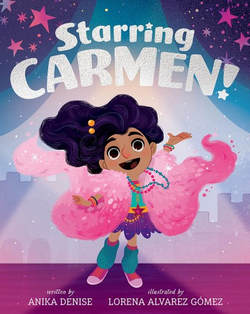 STARRING CARMEN! Written by Anika Denise Illustrated by Lorena Alvarez GÓmez (Abrams Books For Young Readers, 2017) Part I: Summarize
Premise: (Who/what’s this about and what’s their goal?) Carmen is a star, a one-girl sensaciÓn! But how will the show go on when the audience needs a break from show business? Inciting Incident: (What happens to set the story in motion?) Carmen’s little brother, Eduardo, asks if he can be in her show. Resolution: You’ll have to check it out yourself ! :-) Part II: Analyze What’s Working? This story is paced well (see Part III) and gives us insight into Carmen’s world. From the catchy title and bright, colorful cover, I’m intrigued! I know this is going to be about Carmen. She is a star! I want to know more. What makes her a star? What happens when she’s not a star? It’s a character I want to know more about. What’s fresh? While there are many sibling stories, this one stars Carmen! It’s her perspective, her world, her stage. The narrative voice is strong and thus, we are immersed in Carmen’s world from start to end. Why did I love it? Carmen has universal appeal and yet, she’s so uniquely her own. She’s sassy, a bit devious, and loves her little brother. I saw myself as an older sister in Carmen, and myself as a younger sibling in Eduardo. I also loved that this book stars a girl from a marginalized background that we don't often see in a starring role. We get a glimpse into this loving family’s life and learn some new spanish words throughout that adds fun flair to this charming story. And the last spread had me giggling. Part III: Storyboard Set up: 3 spreads Escalation: 4 spreads Climax/Low Point: 3 spreads Resolution: 4 spreads Wink: 1 spread Now it’s your turn! Pull out that picture book manuscript you’ve been polishing. Summarize it. Analyze it. Storyboard it. What’s working? What’s fresh? Why will a reader love it? In a future post, I’ll dive more deeply into revision. Until then, happy reading (and studying) and writing!✨ Similar Stories and Marketability (When to Set it Aside, When (and how) to Make it Marketable4/12/2018 When I “send” a new story to my agent, I usually feel a mix of excitement, hope, and worry. Excitement because I love this story. I spent so much time and energy getting it to a “ready” state, hoping that my agent will love it and tell that me it’s magical and marketable enough to submit to editors. But that brings worry, too. Because what if it’s not? OR…what if, recently after hitting “send,” I see promotion for a picture book coming out this year that has an almost identical title, similar concept, and same characters as the story I just sent my agent? 😩 😩 😩 Excitement---deflated. Worry---escalated. Hope---hmm… *could* we still submit this? It’s NOT the first time this has happened. It’s not the last time it will happen. It happens for a lot of different reasons, and most of them...are out of my control. So instead of wallowing (I allowed myself 5 minutes 😭), I will: 1-set this story aside for now. It is not the right time for this story. 2-focus my energy on different projects I can move forward with (I purposefully am always working on more than one thing at a time), 3-check out the upcoming comparative book when it comes out so that I can ask myself: “HOW WILL THIS STORY STAND OUT FROM WHAT ELSE IS IN THE MARKET?” “What value will my book add?” “Why would a reader/buyer choose my book over the others?” **these are questions an editor will ask, and have to answer when they present my manuscript to acquisitions** 4-develop/revise this story (and others), thinking further about it’s marketability. I’ll ask myself: “What are the themes?” “What are the hooks?” “How will an editor pitch this?” “What type of consumer will want to buy this? Which readers will love this?” (Is that a wide-enough audience?) “What element from this story can I highlight that will widen it’s audience and make it pop?” And when I have the answers to those questions, my story will be stronger and more marketable for having gone through this process. And I’ll be a better writer. I know this. I’ve been through this (more than once). When my debut picture book, ONE HUG (HarperCollins/Katherine Tegen Books, 2019), was on submission, it got a pass from a couple of editors because they had a similar backlist “hug” book or forthcoming “lyrical” book. Yet, when it sold in 2017, there was interest from multiple editors because among other things, it felt fresh. But still... at a big bookstore, I saw a recent picture book release featuring hugs. It seems similar by title, but it’s completely different than ONE HUG. Am I worried? No. Am I excited? Yes! There is room for both these books (and other hug books!) in the world. So if you’re in the same boat, don’t despair! There is room for all our stories. Your voice, your take, your YOU-NESS is what makes your story unique. How can you best capture THAT in your story? Trust that your story will find the right agent, editor, and publisher. In the meantime, keep learning about the market and improving your craft. Have patience, persistence, and perseverance. The time for you and your story will come. Have hope. ✨✨
|
AuthorKatrina Moore is an author and former elementary educator. She writes in Georgia. where her mission is to create books that children will hug for ages. She's the author of ONE HUG, GRANDPA GRUMPS, SOMETIMES LOVE, GRUMPY NEW YEAR, HOPE IS A HOP, and the forthcoming CHANG'E ON THE MOON (HarperCollins, 2024), and THE STAR IN YOU. (RBP/Macmillan, 2024), as well as the humorous TEENY HOUDINI chapter book series, starring the magic-loving, mischief-making Bessie Lee, and more. Connect with her on twitter! Freelance EditorKatrina has professionally critiqued over hundreds of picture book manuscripts at writing conferences she has presented at, through her work as a council member, mentor, and presenter for the Rutgers One-on-One-Plus conference, as a Critique Ninja, and through her freelance editing services. Her editorial work and services, attention to detail, and ability to bring manuscripts to the “next level” have been highly praised by editors, agents, published authors, and those receiving critiques. For more details, and to inquire about rates, contact Katrina.
Archives
November 2023
Categories
All
|
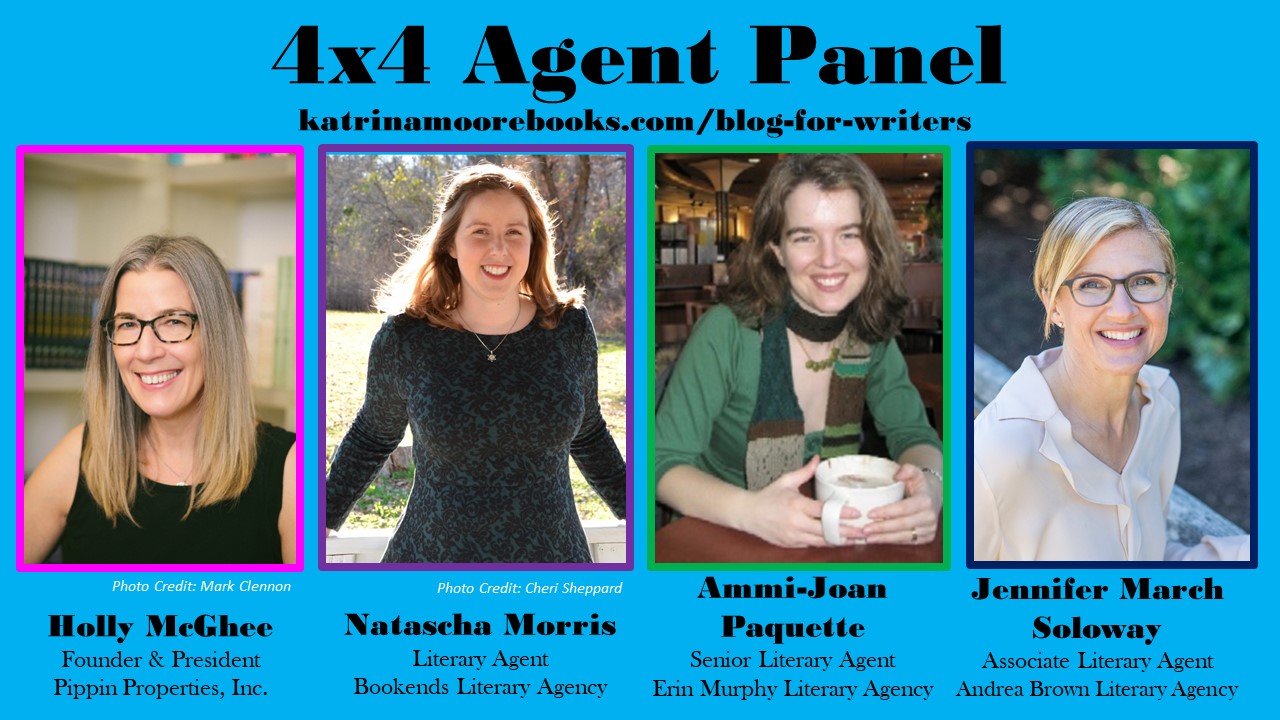
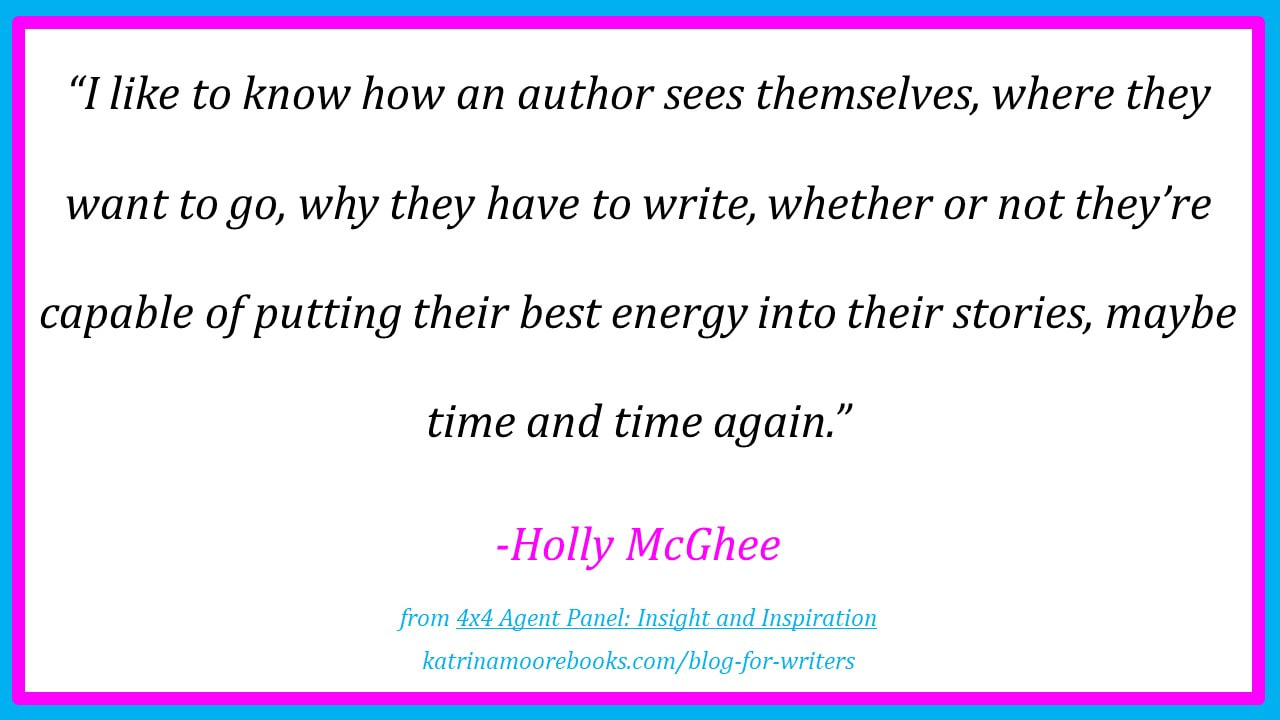
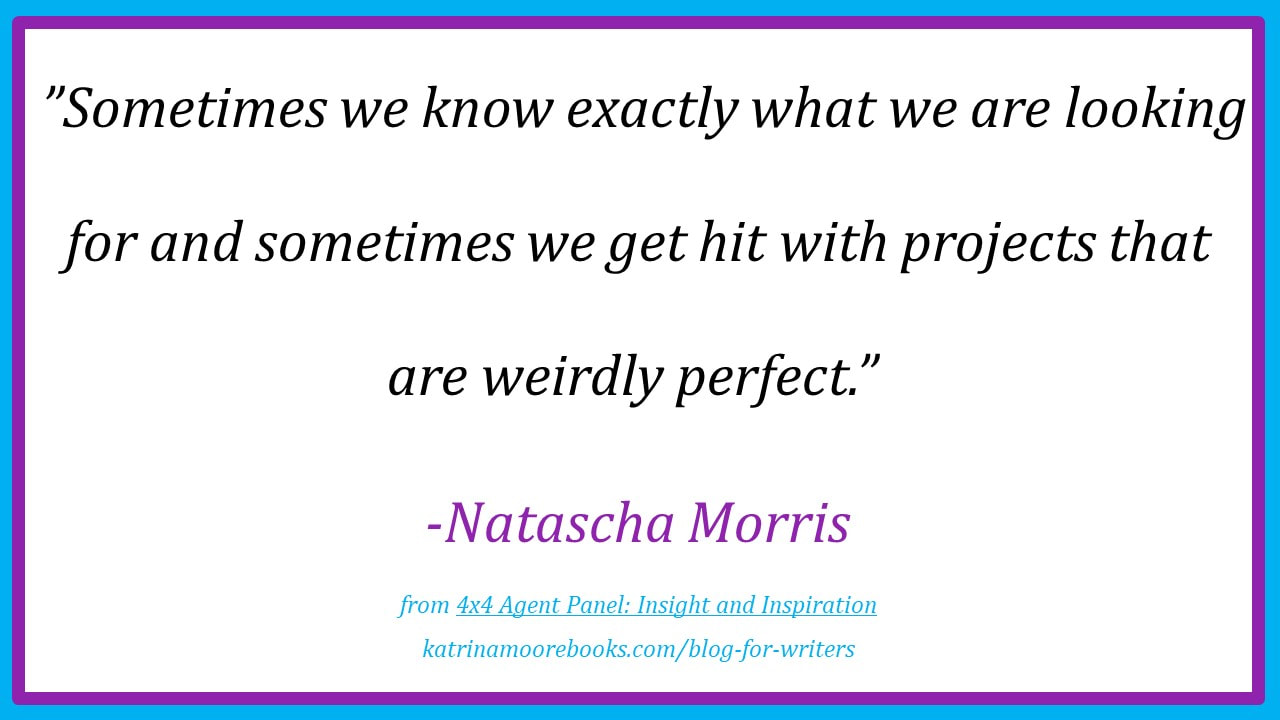
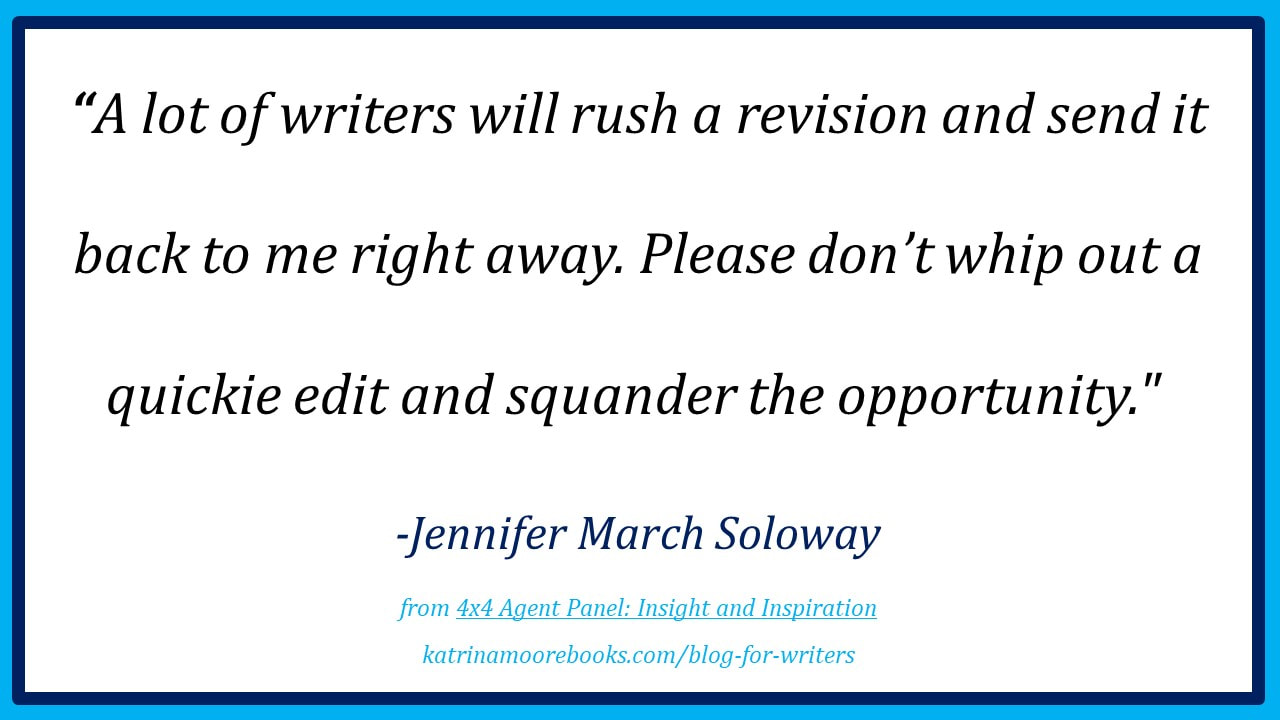
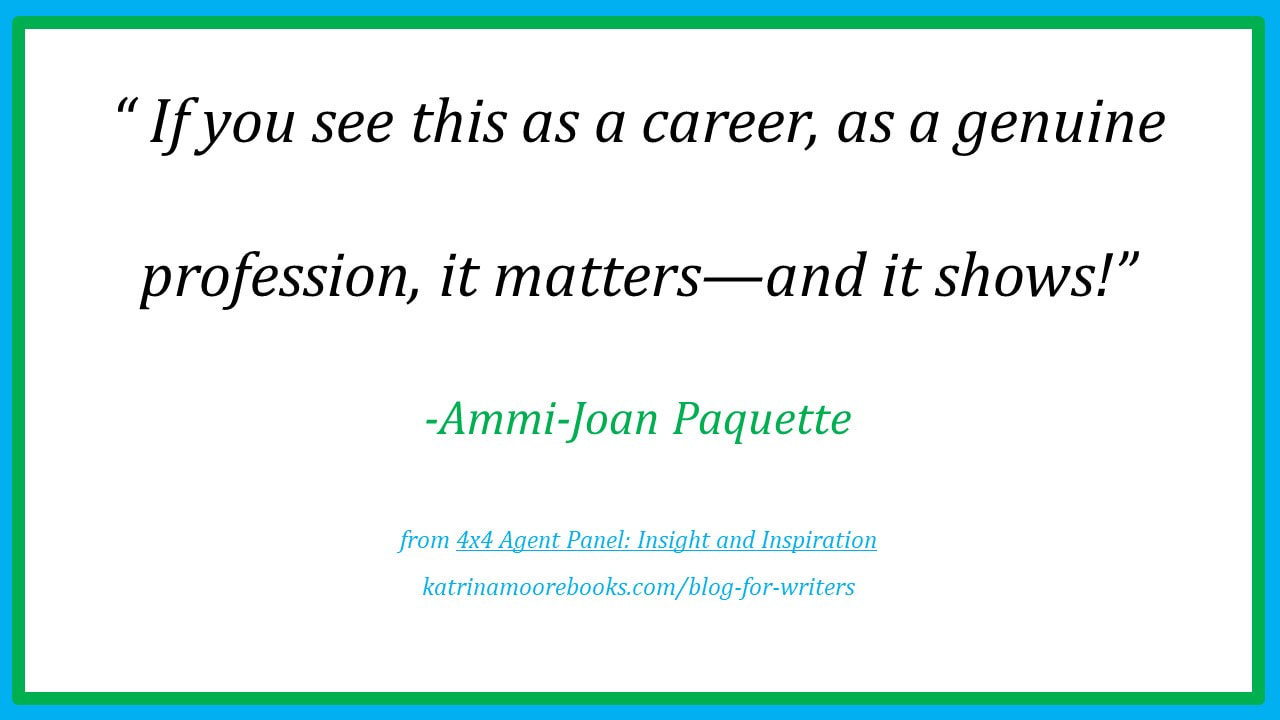
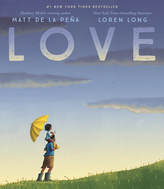
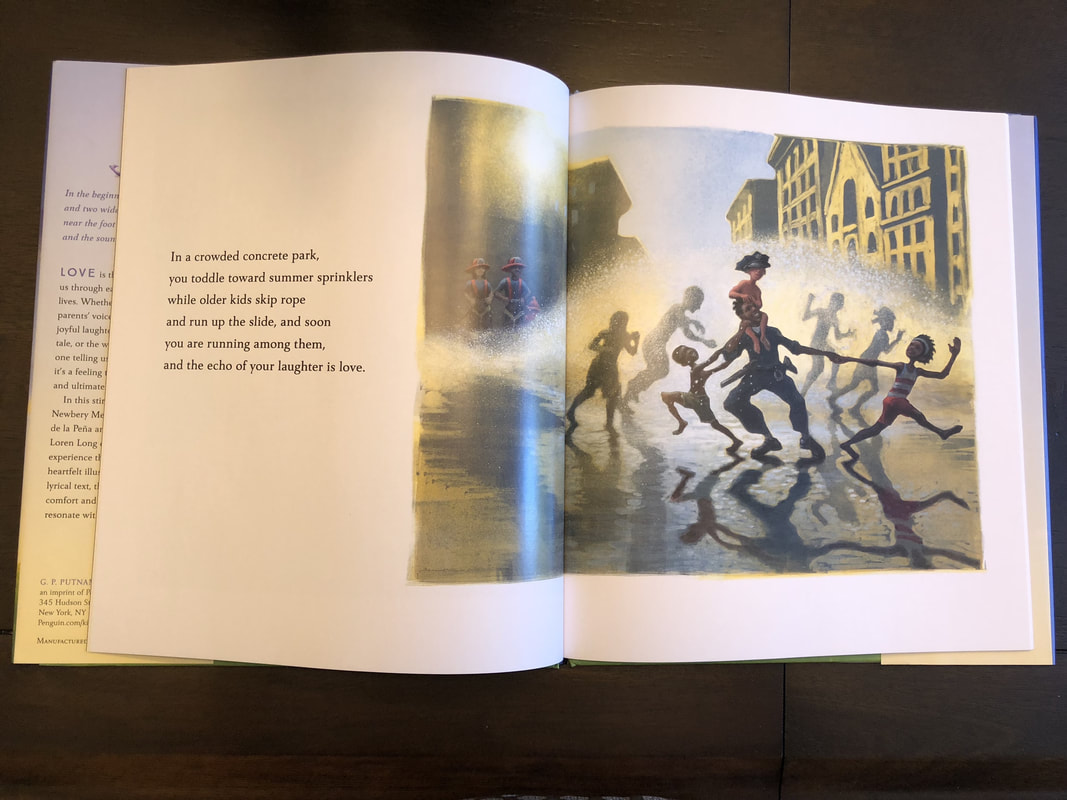
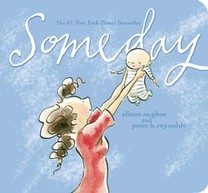
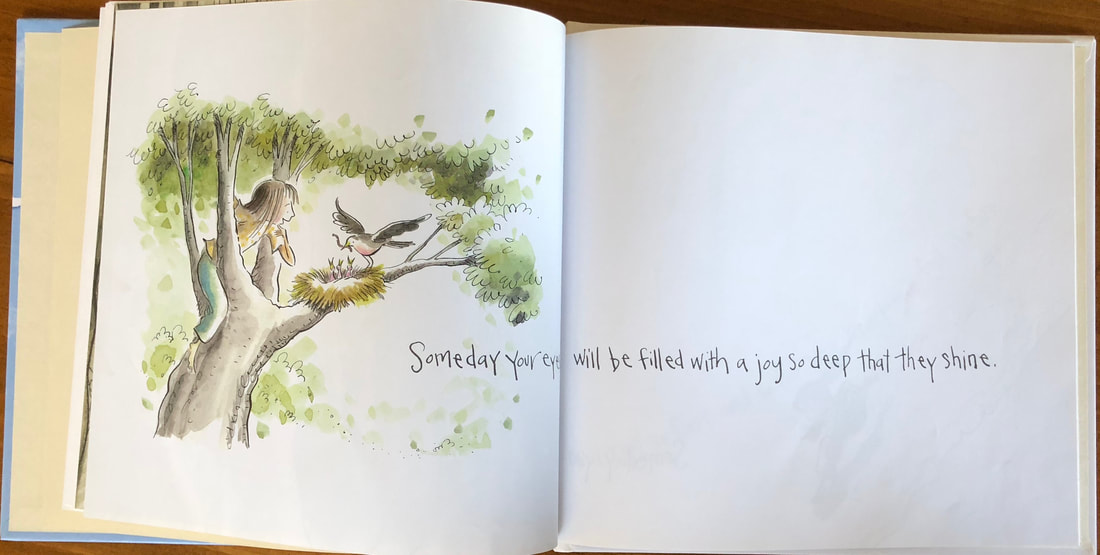
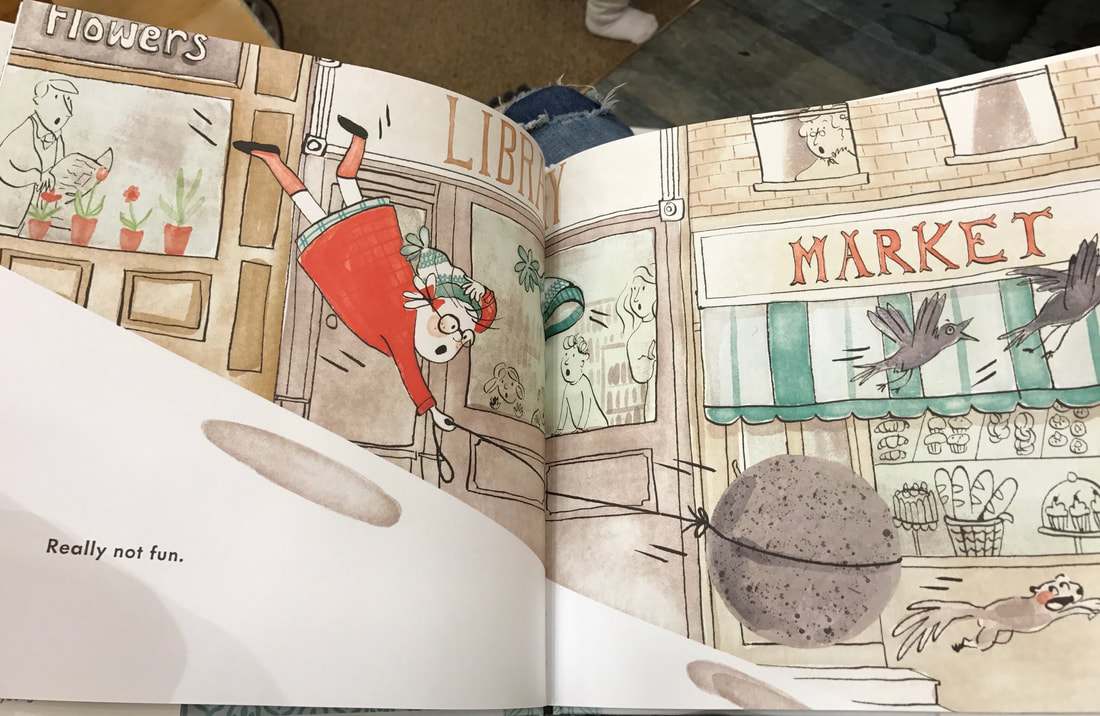
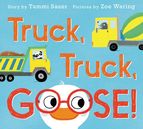
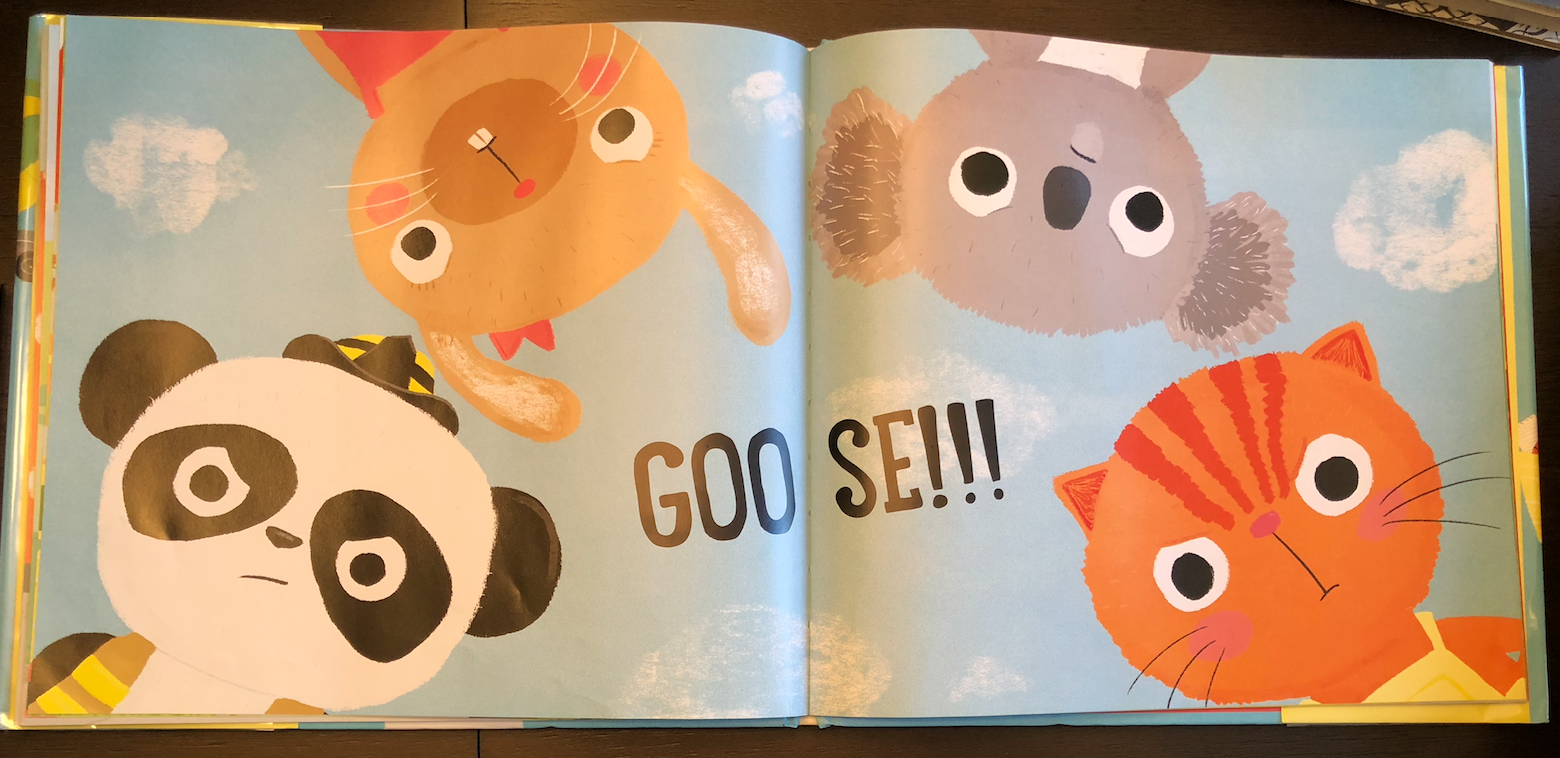
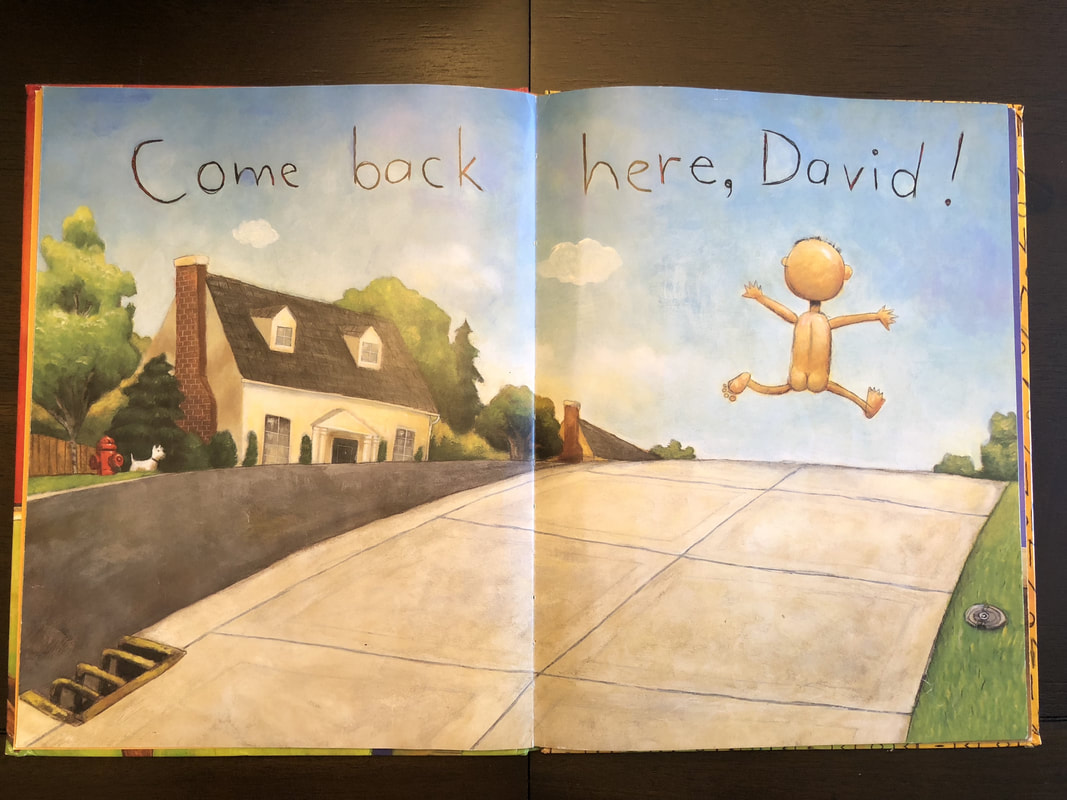
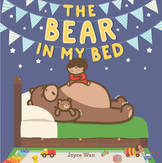
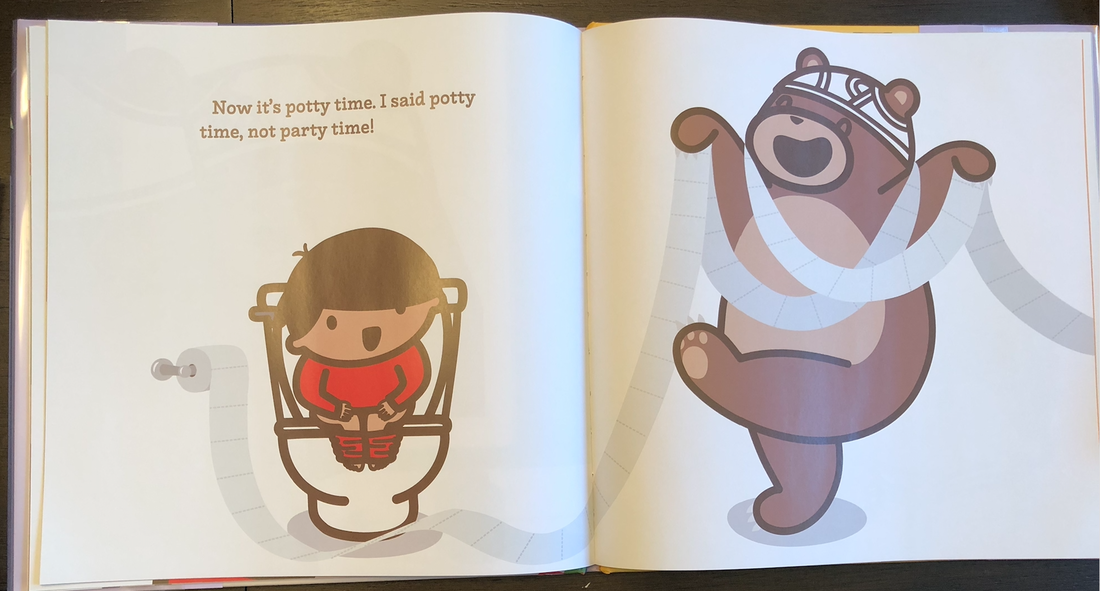
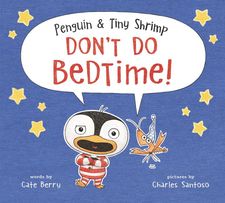
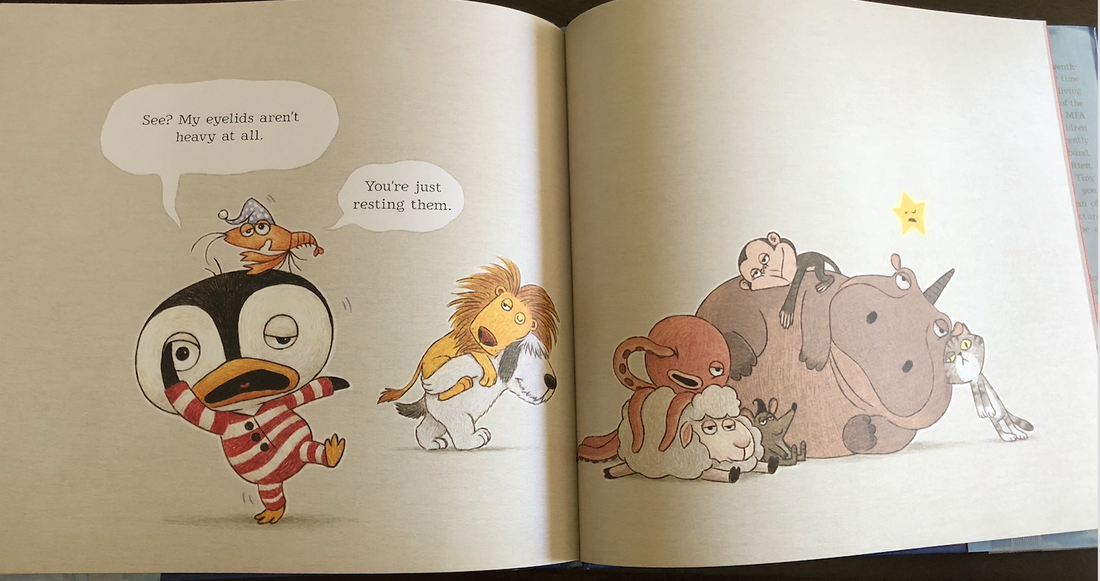
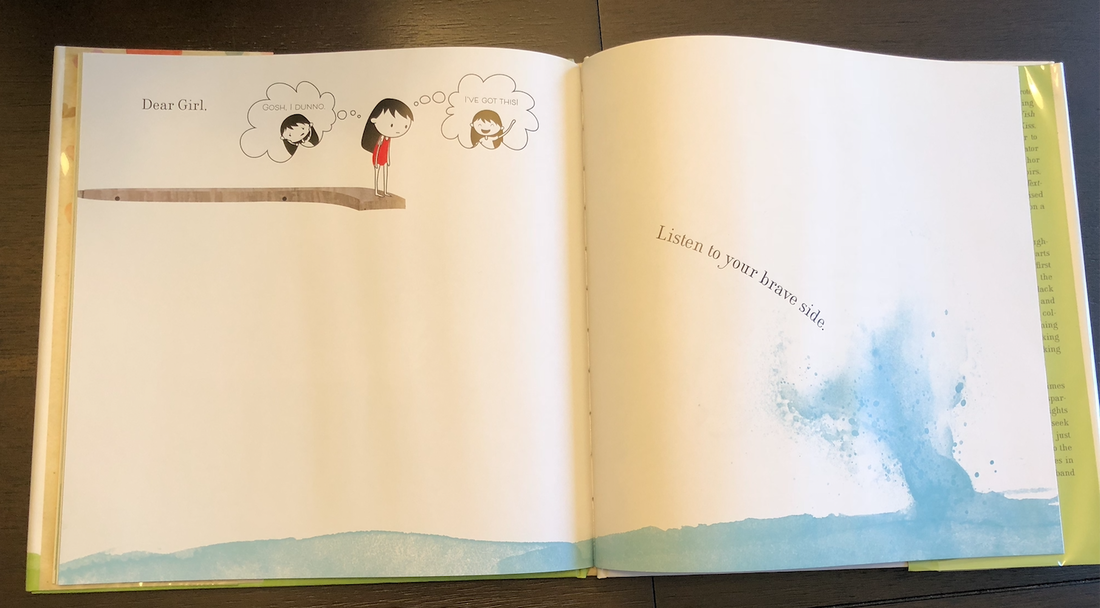
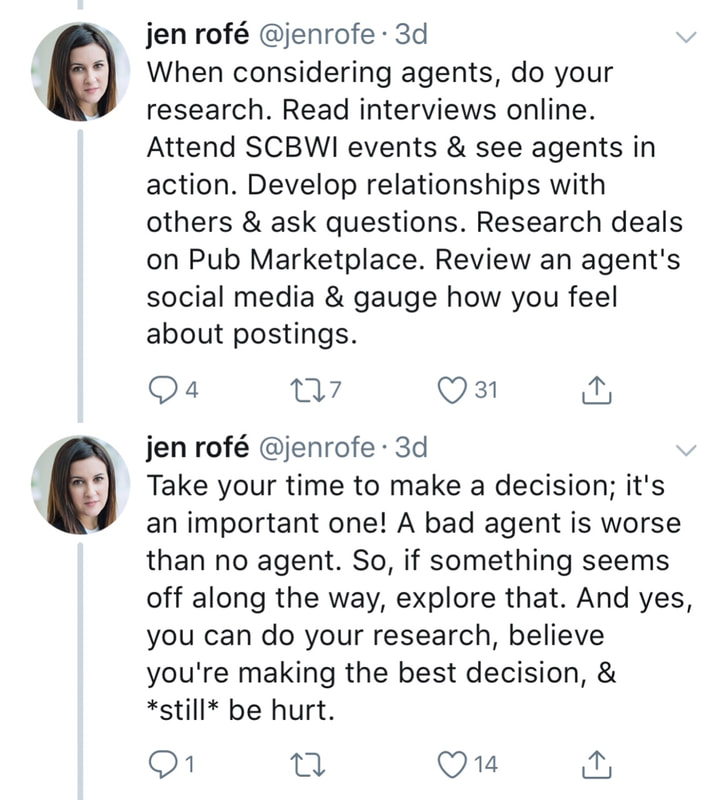
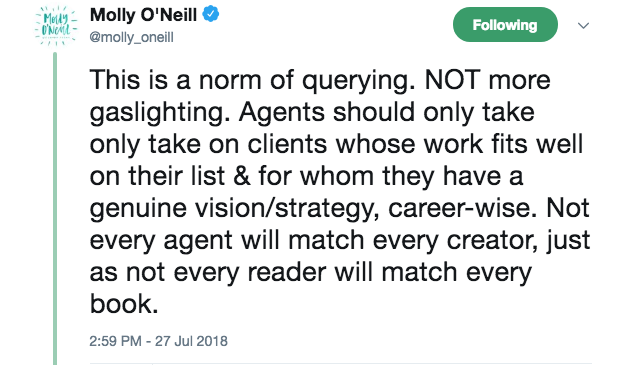
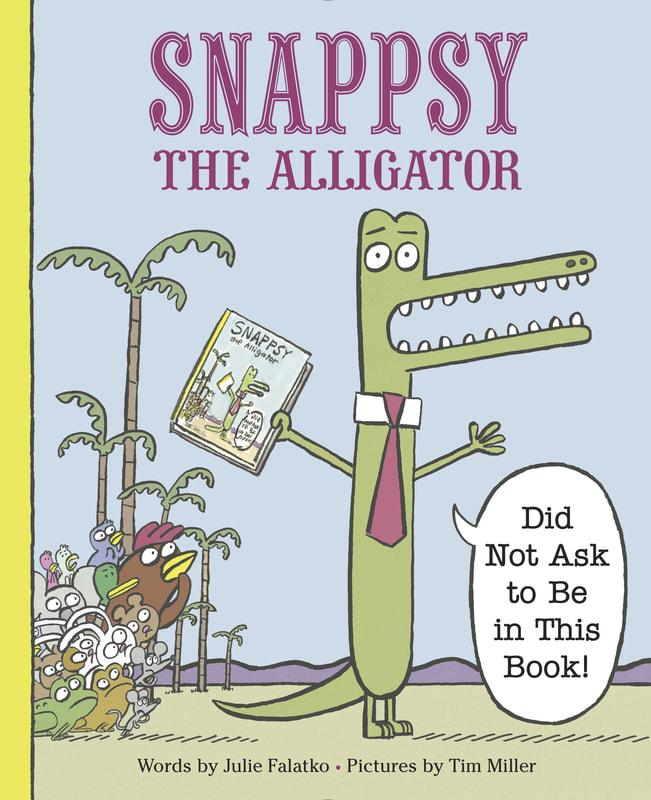
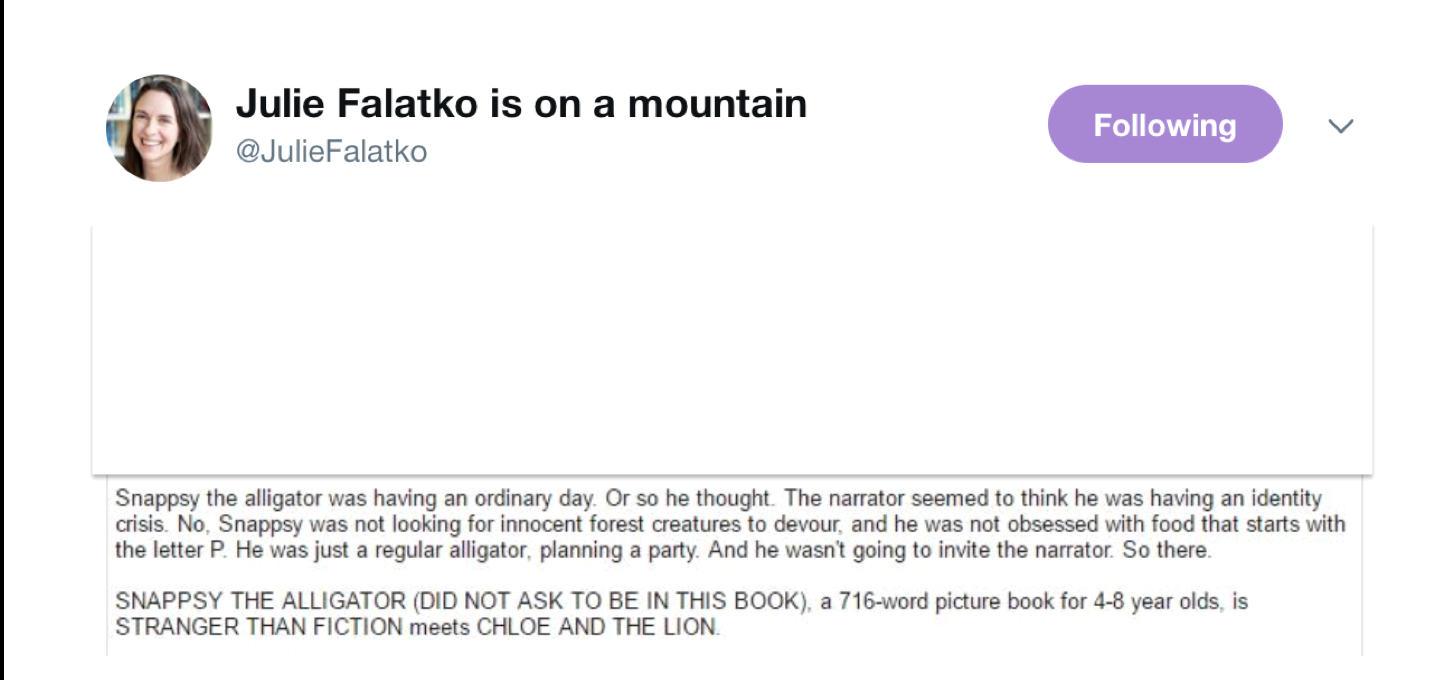

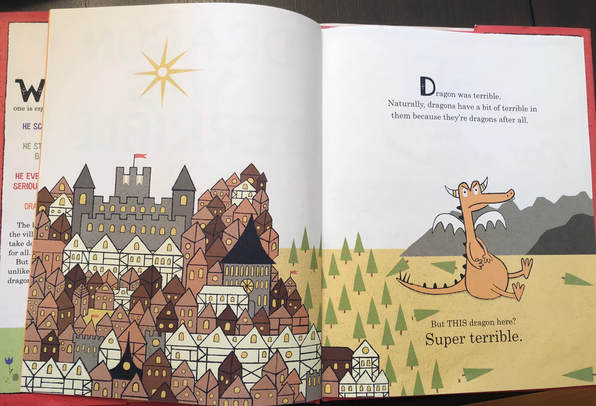
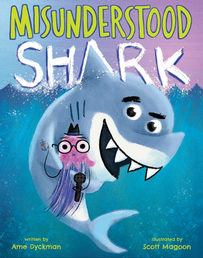
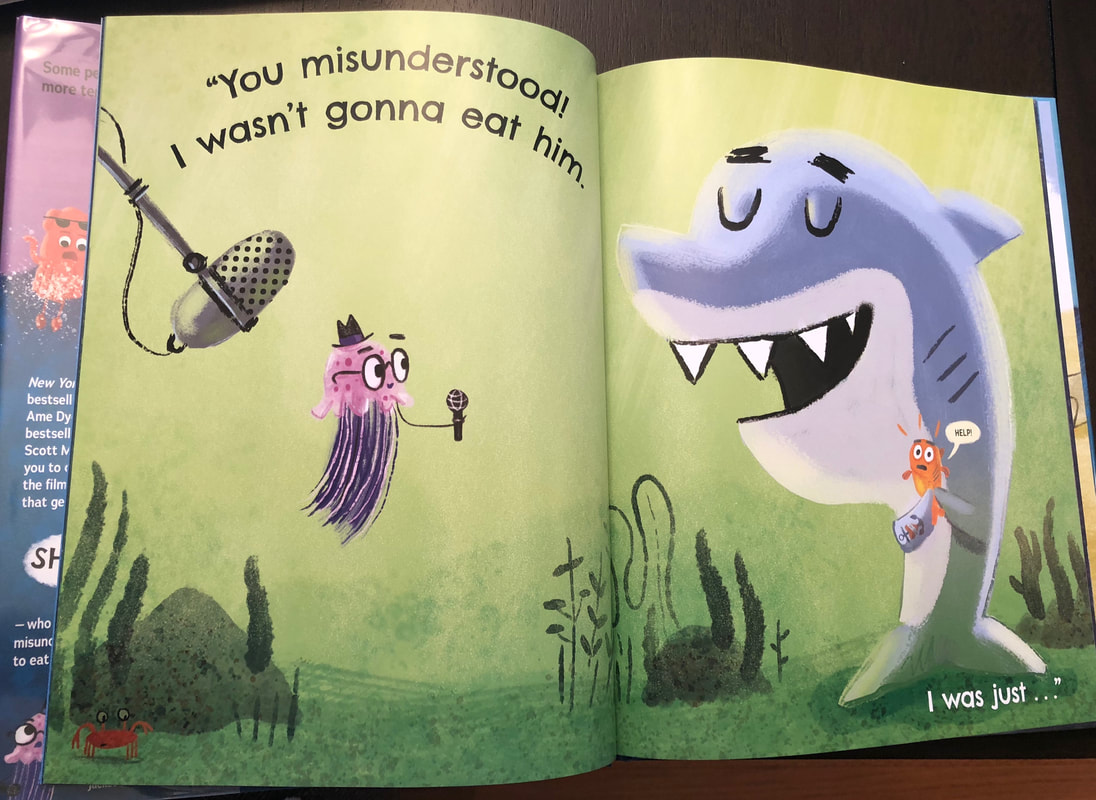

 RSS Feed
RSS Feed